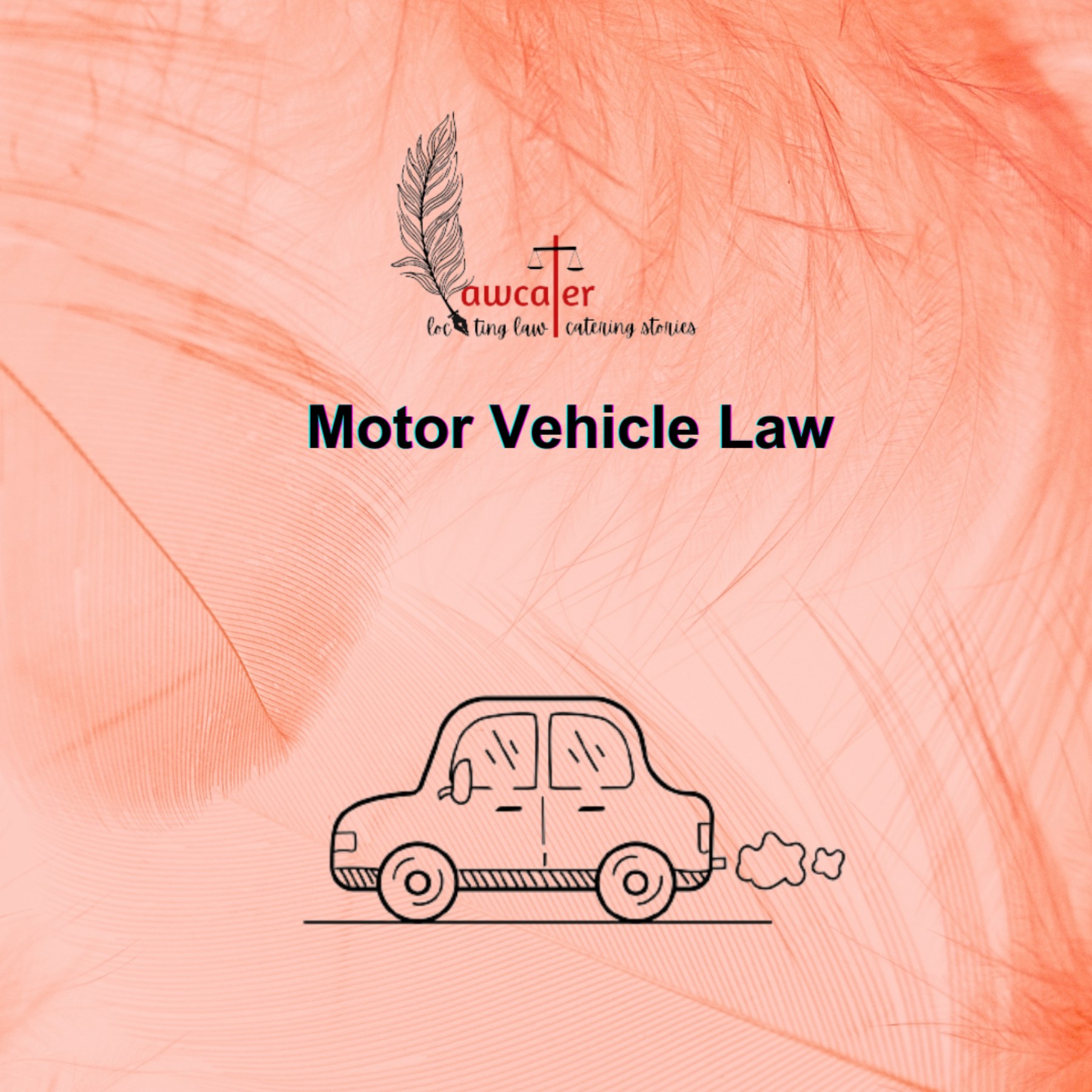Motor vehicle laws are established to regulate the ownership, operation, and maintenance of vehicles, ensuring the safety and well-being of all road users. These laws encompass a wide range of provisions, from the registration and inspection of vehicles to driver qualifications and responsibilities. They aim to prevent accidents, reduce traffic violations, and provide clear guidelines for vehicle modifications and usage. Compliance with these laws is crucial for ensuring that vehicles are operated in a manner that is both lawful and responsible. Here are a few legal provisions concerning transport management in Nepal:
- Alteration Approval: Vehicle owners are prohibited from altering the color, number of seats, structure, engine, or chassis without approval from the competent authority, though normal spare part replacements are allowed. Owners must submit a formal request for approval, and the authority may grant it if the alteration does not change the manufacturer's specifications. A fee amounting to fifty percent of the vehicle registration fee is required for such approvals.
- Registration Suspension: The competent authority may suspend a vehicle’s registration certificate if it is out of order and poses a public safety risk, or if the owner fails to comply with legal requirements. The suspension period can be up to six months. The authority must state the reasons for suspension and notify the police. The vehicle owner must surrender the registration certificate within seven days. After the suspension period, the authority will return the certificate, noting the suspension period and reasons in the register.
- Registration Revocation: If a vehicle is destroyed, permanently out of order, or taken out of Nepal, the owner must apply for the cancellation of the vehicle's record within thirty days. This application should be submitted in the prescribed format, accompanied by the registration certificate. Upon verifying the accuracy of the application, the competent authority will revoke the registration certificate and cross off the record of the vehicle in the register.
- Unauthorized Driving: Vehicle owners must not allow their vehicles to be driven by individuals who do not possess a valid driving license. Such owners may face fine or imprisonment or both if the license-less individual causes any accident with their vehicles.
- Disqualifications: Drivers must meet specific age requirements to obtain a driving license: twenty-one years for heavy vehicles, eighteen years for medium and light vehicles, and sixteen years for motorcycles and similar two-wheel vehicles. Individuals suffering from epilepsy, insanity, certain vision impairments, severe hearing loss, color blindness, night blindness, or significant limb impairment are disqualified from obtaining a driving license. The restriction for disabled individuals does not apply if the vehicle is specifically manufactured for them.
- Ticket Sales: Individuals engaged in selling passenger tickets for public vehicles must display their employee identity card while performing this duty. This measure ensures transparency and accountability in the ticket-selling process.
- Passenger Limit: Public vehicles are prohibited from carrying passengers exceeding the number of seats specified in the vehicle's registration certificate.
- Journey Breaks: Public vehicles traveling for more than four hours must take a half-hour break every four hours. This mandatory halt is necessary to ensure the safety and well-being of passengers and drivers.
- Punishment: Drivers causing death with the intent to kill face severe penalties, including life imprisonment and confiscation of their property. If the intent to kill is proven but the victim survives, the driver faces imprisonment ranging from five to twelve years. For deaths resulting from reckless driving, the driver can be imprisoned for two to ten years. If a non-reckless accident leads to death, the driver may face up to one year of imprisonment, a fine of up to two thousand rupees, or both. Unlicensed drivers causing death face additional fines, except in cases where the punishment is life imprisonment. If vehicle owners allow unlicensed individuals to drive and this results in a fatal accident, they may face up to two years of imprisonment.

Comments